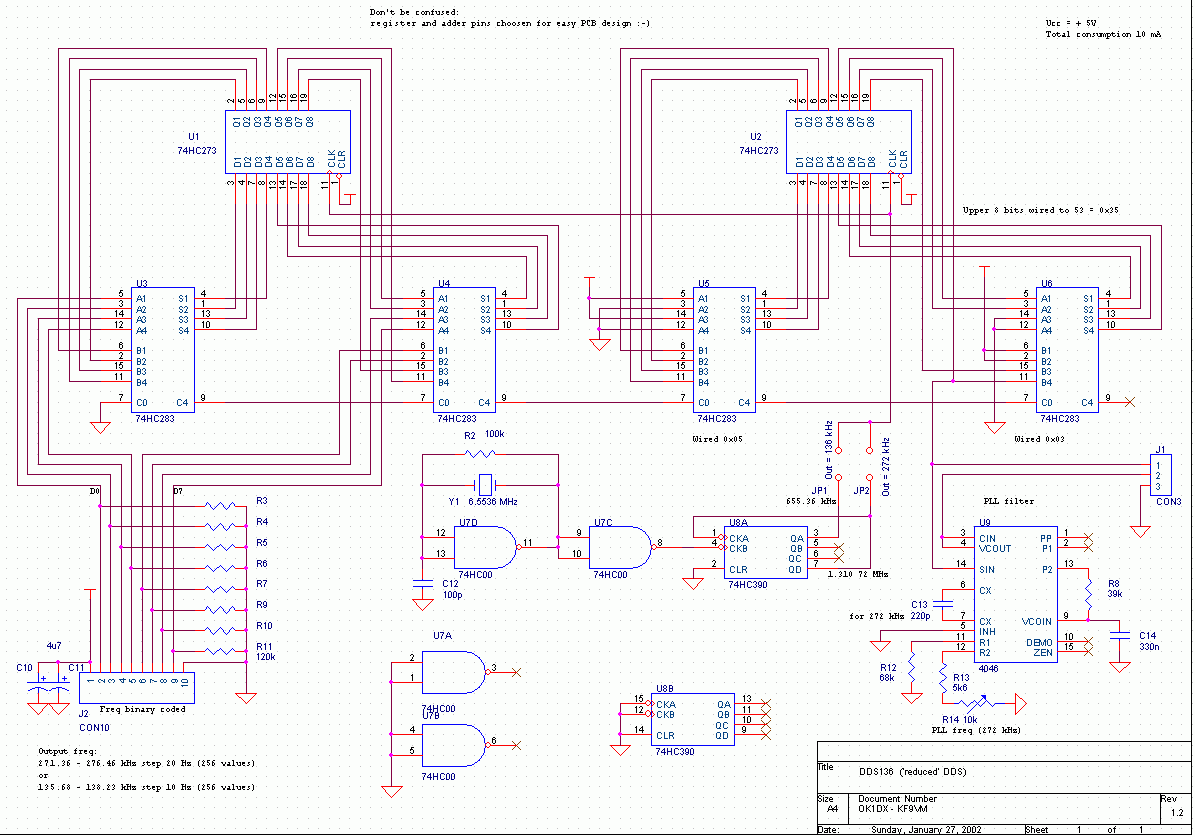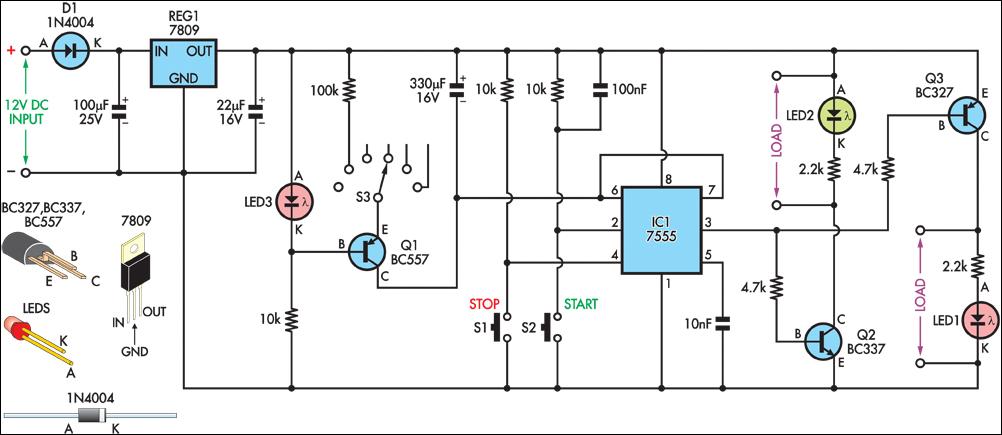
Simple but reliable car battery tester

This circuit employs the widely used and easily accessible LM3914 integrated circuit (IC). The LM3914 is straightforward to operate, does not require external voltage regulators due to its built-in voltage regulation, and can be powered by a variety of sources.
The LM3914 is a bar graph or LED dot display driver that can control up to ten LEDs in a linear or dot mode. It is designed to provide a visual representation of an analog voltage level. The circuit typically consists of the LM3914 IC, a series of LEDs, and a voltage divider or potentiometer to set the reference voltage for the input signal.
To construct the circuit, the input voltage is applied to the appropriate pin of the LM3914, which internally compares this voltage against a reference voltage determined by the external resistors. The IC's output pins are connected to the anodes of the LEDs, while the cathodes are connected to ground through current-limiting resistors.
The operation is straightforward: as the input voltage increases, the corresponding number of LEDs light up in sequence, providing a clear visual indication of the voltage level. This feature makes the LM3914 ideal for applications such as battery level indicators, audio level meters, and other visual display systems.
In addition, the LM3914 can operate with a supply voltage range from 3V to 25V, making it versatile for various electronic projects. It is essential to ensure that the current through each LED does not exceed the maximum rating, typically achieved by selecting appropriate resistor values.
Overall, the LM3914 circuit is an effective and visually appealing solution for monitoring analog signals, and its simple design allows for easy integration into a wide range of electronic applications.This circuit uses the popular and easy to find LM3914 IC. This IC is very simple to drive, needs no voltage regulators (it has a built in voltage regulator) and can be powered from almost every source. Electronics project.. 🔗 External reference
The LM3914 is a bar graph or LED dot display driver that can control up to ten LEDs in a linear or dot mode. It is designed to provide a visual representation of an analog voltage level. The circuit typically consists of the LM3914 IC, a series of LEDs, and a voltage divider or potentiometer to set the reference voltage for the input signal.
To construct the circuit, the input voltage is applied to the appropriate pin of the LM3914, which internally compares this voltage against a reference voltage determined by the external resistors. The IC's output pins are connected to the anodes of the LEDs, while the cathodes are connected to ground through current-limiting resistors.
The operation is straightforward: as the input voltage increases, the corresponding number of LEDs light up in sequence, providing a clear visual indication of the voltage level. This feature makes the LM3914 ideal for applications such as battery level indicators, audio level meters, and other visual display systems.
In addition, the LM3914 can operate with a supply voltage range from 3V to 25V, making it versatile for various electronic projects. It is essential to ensure that the current through each LED does not exceed the maximum rating, typically achieved by selecting appropriate resistor values.
Overall, the LM3914 circuit is an effective and visually appealing solution for monitoring analog signals, and its simple design allows for easy integration into a wide range of electronic applications.This circuit uses the popular and easy to find LM3914 IC. This IC is very simple to drive, needs no voltage regulators (it has a built in voltage regulator) and can be powered from almost every source. Electronics project.. 🔗 External reference





